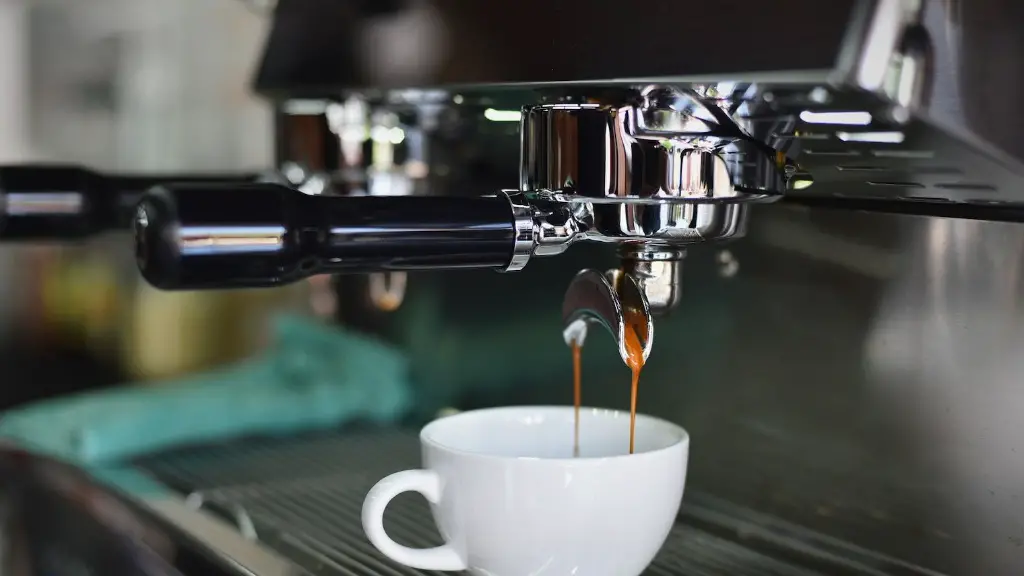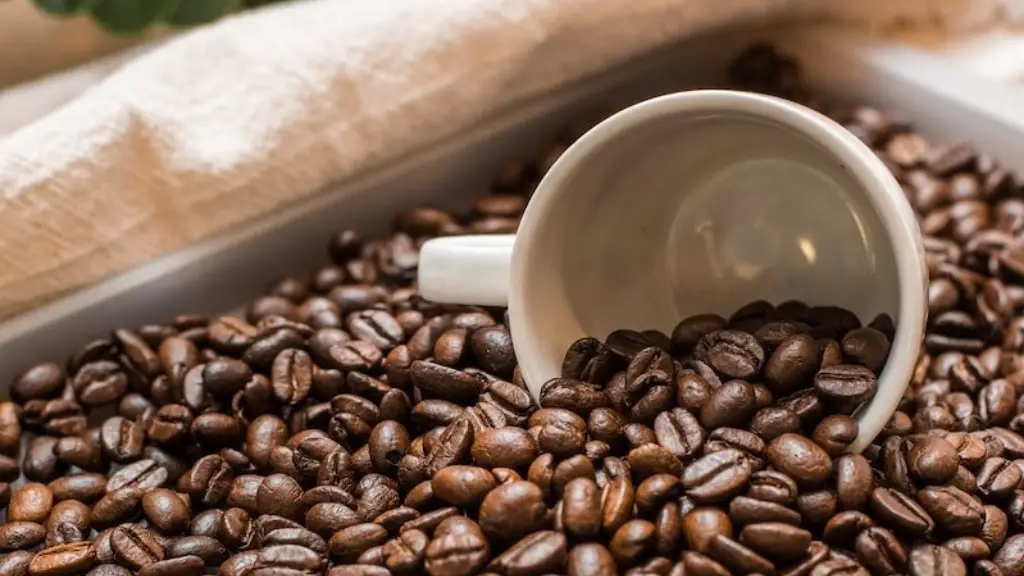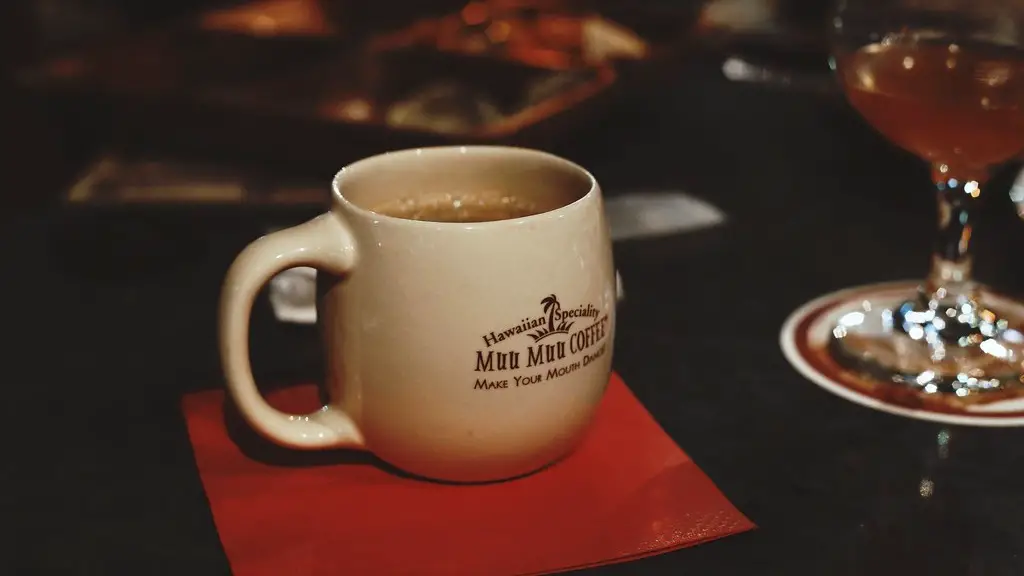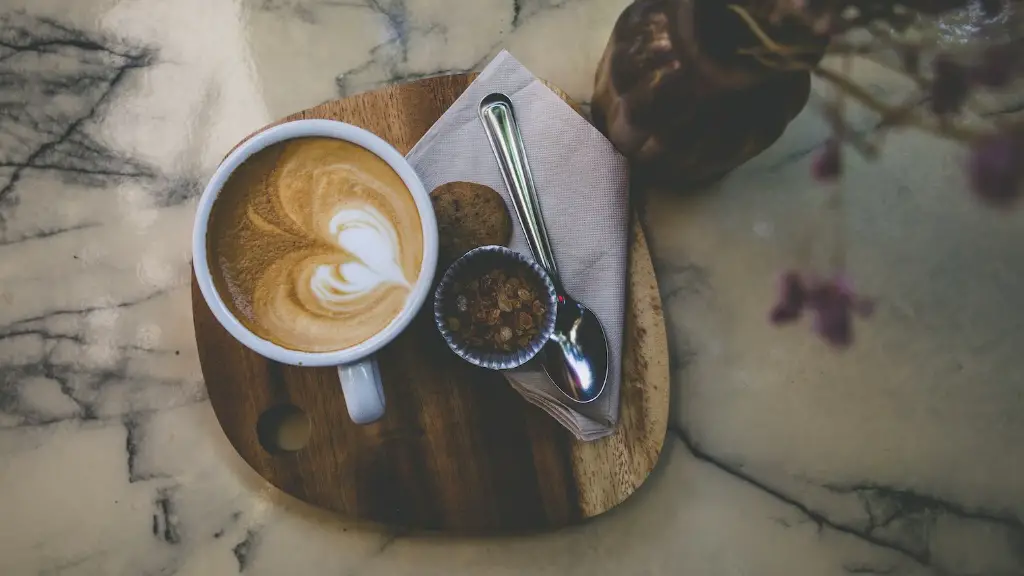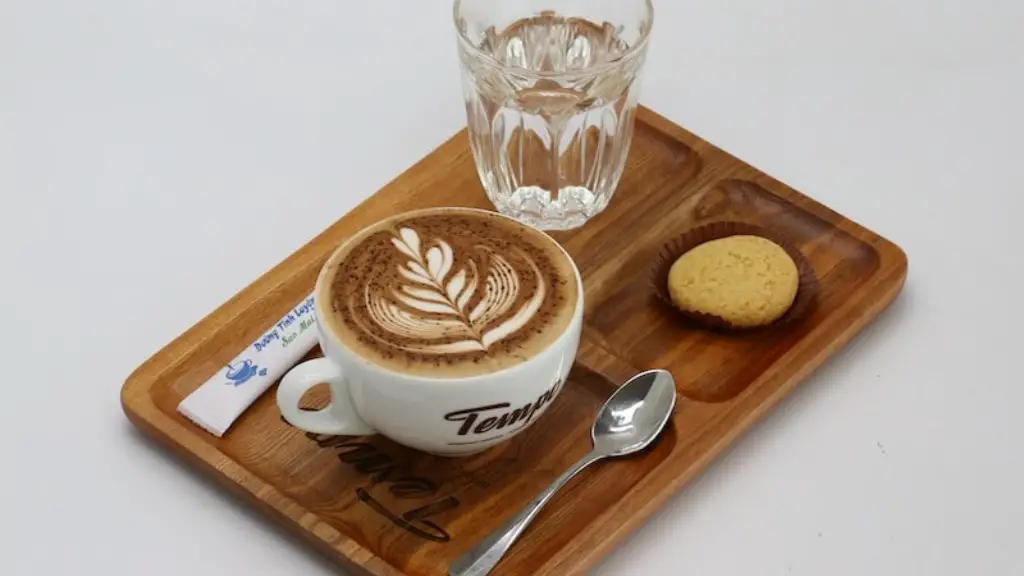It is a common question whether coffee and white strips can be mixed without any issues. In this article, we explore coffee consumption after using white strips and the impact it has on the teeth-whitening process. We will also look at what the experts have to say and the potential complications that can arise if coffee is consumed.
White strips are designed to lighten teeth enamel by allowing a certain amount of hydrogen peroxide to pass through the enamel of the teeth. The hydrogen peroxide works by lightening the color pigments present in the enamel. For this reason, it is important that after applying the white strips to the teeth, no food or beverages are consumed for at least a period of 1 to 2 hours in order to allow the hydrogen peroxide to penetrate the enamel.
Coffee is known to have strong staining effects on the enamel, due to its high level of tannins. These tannins are able to penetrate the enamel and react with the hydrogen peroxide, potentially causing the whitening effects to be reversed.
Numerous studies have been conducted in order to assess the effects of coffee consumption on teeth whitening. According to the results, coffee has been found to reduce the effectiveness of white strips, causing an increased time and cost associated with obtaining desired results.
Experts generally advise patients not to drink coffee directly after they have applied white strips. However, if coffee is consumed, they suggest waiting at least 1 to 2 hours in order to allow the hydrogen peroxide to penetrate the enamel and provide the desired whitening effect. Moreover, brushing the teeth an hour or two after drinking coffee is also a good idea in order to prevent any excess staining.
Consuming coffee after wearing white strips can interfere with the whitening process and cause further staining to the teeth due to the high level of tannins present in coffee. It is best to wait for a period of 1 to 2 hours for the hydrogen peroxide to penetrate the enamel before drinking coffee. Additionally, brushing the teeth after the coffee consumption can help to reduce the staining effects of the coffee.
Teeth whitening without white strips
White strips have become a popular choice when it comes to teeth whitening. However, there are other alternatives. The most commonly used methods are laser teeth whitening and bleaching. Both of these methods involve using a special gel that contains a high concentration of hydrogen peroxide and applying it to the teeth with a laser or by use of a special bleaching tray.
Laser teeth whitening is the most popular choice due to its quick and effective results. The process usually takes around 1 to 2 hours and can be done in one session. The laser accelerates the production of oxygen from the hydrogen peroxide, resulting in quick and effective teeth whitening.
Bleaching, on the other hand, involves using a custom-made tray fitted for the teeth with a high concentration of hydrogen peroxide in the gel. This method is ideal for at-home whitening as it can be done over a period of a few weeks in small increments. As such, users are able to monitor the whitening effects and control the process.
Both bleaching and laser whitening are effective methods of whitening teeth. However, they tend to be more expensive and time consuming than white strips. Nevertheless, they are considered to be safer and more reliable options than white strips due to the lower concentration of hydrogen peroxide used.
Pros and Cons of White strips
White strips are a convenient and affordable option for those who are looking for a cost-effective teeth-whitening solution. This is due to the high level of hydrogen peroxide contained in the strips and the ready-to-apply design.
On the other hand, white strips can potentially cause further staining on the teeth if coffee or other staining beverages are consumed directly after wearing the strips. Additionally, the results may take longer to appear using this method.
Alternatives to coffee after white strips
It is best to avoid coffee consumption after applying white strips. For those who need a quick caffeine fix, here are some alternatives that are less likely to affect the teeth-whitening process.
Green tea is a good option, as it contains far fewer tannins than coffee. Similarly, herbal tea can be consumed as it is free of tannins. Moreover, fruit and vegetable juices are ideal alternatives as they provide nourishment and are free of tannins.
Furthermore, a combination of fruit and vegetable juices can be consumed. Smoothies are also a great option as they are full of vitamins and minerals, while also providing a nutritious and delicious way to get caffeine.
What to look for in white strips
When selecting white strips, it is important to look for ones that contain a low concentration of hydrogen peroxide in order to reduce the risk of further staining more. Additionally, users should look for ones that do not contain any abrasive particles as these can be damaging to the enamel.
It is also important to check the expiry date to ensure the product is still active, and read the instructions carefully. At times, white strips can vary in the duration of use and it is important to adhere to the recommended guidelines.
Finally, be sure to ask the opinion of your dentist before using any type of whitening product. Experts can provide personalised advice and suggest the best product for you based on your individual needs.
Different types of white strips
There are a variety of different types of white strips, from thick strips to thin strips. Thick strips are more suited for users with thicker teeth, as they can reach the deeper parts and provide a more effective teeth-whitening result. Whereas, thin strips are more suitable for those with thin teeth.
Strips with straight edges and flexible strips are also available, each providing their own benefits. Straight-edge strips are easier to apply, whereas flexible strips are ideal for providing a firmer grip and reach difficult areas of the teeth.
Moreover, there are white strips specifically designed for sensitive teeth. These contain a lower concentration of hydrogen peroxide and provide a gentler alternative to traditional white strips.
In addition, users can also opt for white strips that come with a special toothpaste. This type of whitening includes a toothpaste with a special formula to help reduce staining. Additionally, it helps to maintain the whiteness obtained from using white strips.
Conclusion
In conclusion, white strips are a convenient and cost-effective way to whiten teeth. However, it is important to avoid coffee and other staining beverages for at least 1 to 2 hours following the application of these strips. If coffee is consumed, brushing afterwards is advisable in order to ensure the whitening effects of the white strips are maintained. Finally, always consult a dentist before using any type of whitening product.
